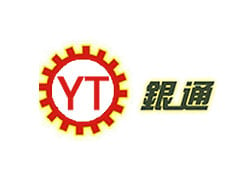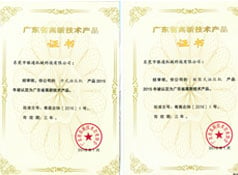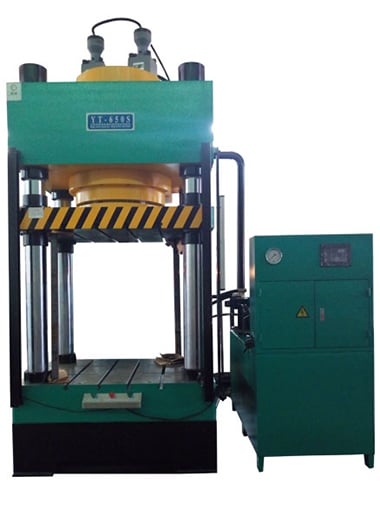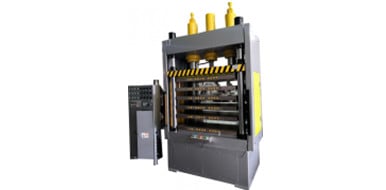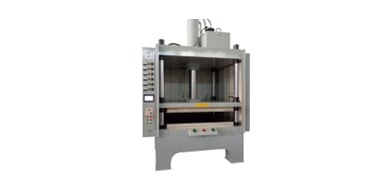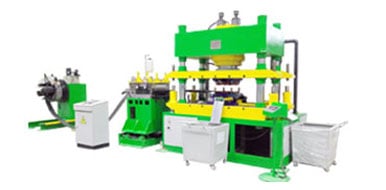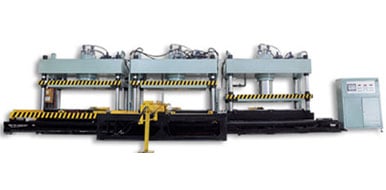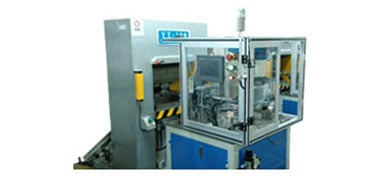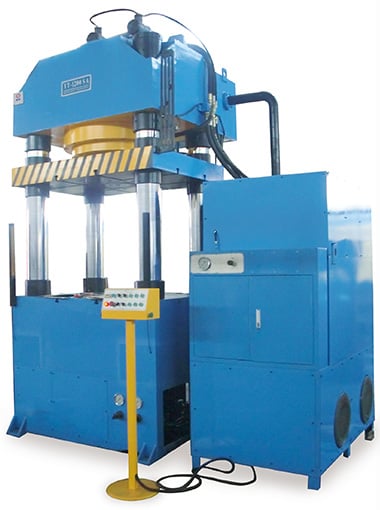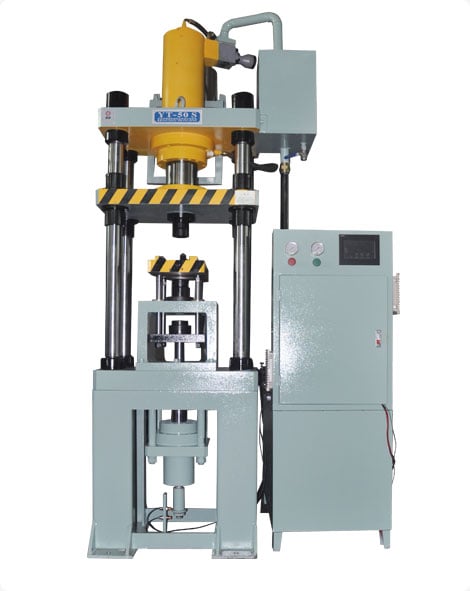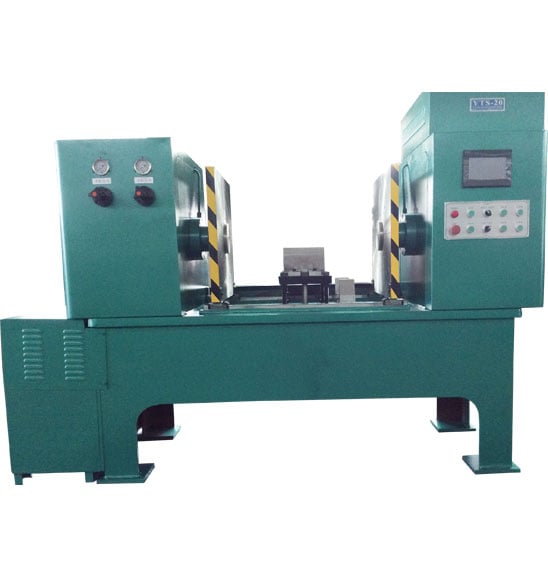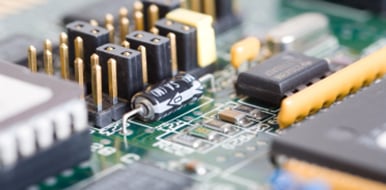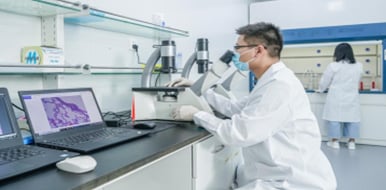How to Make a Coin Using a Hydraulic Press
time:2023-09-28 views:(点击 1,132 次)
We've all seen videos on YouTube of people crushing objects with hydraulic presses, but how do they really work?
A hydraulic press is a machine that uses Pascal's principle to generate compressive force. It consists of two cylinders connected by tubing; fluid in one slave cylinder is forced out through piston into another master cylinder via tubing.
History
Hydraulic presses have long been an integral component of many industrial operations, serving to shape and create everything from automobile parts such as windshield wiper blades and gear housings to electronics components. Their power comes from compressive force generated by pistons within metal cylinders with two ports to accept input/output hydraulic fluid and exert compressive forces up to several tons for manual hydraulic presses or thousands for motor driven ones.
Modern coin minting uses hydraulic presses to mechanically load blanks with designs, then stamp them with images. These machines can produce large numbers of coins quickly. Each coin made with specific alloy must pass through multiple steps prior to being minting; each step ensures precision and longevity for every coin produced.
Coins are composed of metals such as silver, gold and copper that must be formed and refined before being stamped with designs. Copper is the most widespread form of metal found globally - used for electrical cables and wires as well as manufactured products with multiple uses.
To make coins, raw metal must first be formed into a blank. Historically, this was accomplished using hammers and anvils; striking against an anvil caused flattening and shaping of long strips of sheet. Next came screw presses equipped with lower and upper dies that were operated by one to three men who required tremendous amounts of force for operation.
Ancient coin makers attempted to reduce striking force requirements by heating and softening metal, only for this to result in uneven metal flow outward, producing sawtooth edges and spikes known as hot tears.
During the 18th century, screw presses were gradually phased out in favor of hydraulic coining machines, which enabled significantly faster production speeds - with each machine capable of minting 100 coins every minute! This allowed America to reach sufficient coinage levels needed for national economy.
Materials
Hydraulic presses use compressed fluid to generate mechanical force, with capacities that vary from several tons (for manual hydraulic presses) up to several thousand tons for motor driven ones. They're widely used across manufacturing and production applications ranging from shaping machine parts and compacting waste and refuse into recyclable forms; hydraulic presses play an essential part in many industries.
Coin minting machines use hydraulic presses equipped with hydraulic power packs to produce gold and silver coins, medals, bars, and more. Each press features an upstroke coining design equipped with an additional hydraulic cylinder to provide a return stroke - perfect for creating gold and silver coins, medals, bars, etc.
At the core of coin production is creating blanks. Blanks are unmarked metal discs which will be imprinted with coin designs before being struck by dies; prior to striking they must first undergo conditioning to be as smooth and precise as possible before striking with dies for striking. Rimming enhances coin quality by creating an enhanced raised edge which increases durability.
In order to craft coins, several materials will be necessary, including a sturdy base and handle. The latter should consist of solid materials like wooden boards or thick metal plates for maximum stability; the former should consist of long rods or pipes which can apply pressure directly into a press; in order to avoid over-pressuring the coin and damaging its design, ensure your tool has an appropriate pressure capacity while offering good safety credentials.
Once you are ready to begin the project, gather all your supplies. For this chime, 45 pennies from 1962 through 1982 with higher copper content are recommended as they offer better sound qualities.
Setup of a hydraulic coin minting press should follow. For this, place the ram head on the lower part of the press frame and secure it to its bolster, then add cylinders that will serve to power it - each should have a diameter slightly greater than that of its respective cylinder to avoid damage to its components.
Design
The machine cuts gold and silver blanks into desired shapes and sizes quickly and efficiently to reduce costs, while speeding up production times and ensuring smooth coin edges without burrs or sharpness when they are minted. Equipped with a hydraulic power pack consisting of piston pumps, relief valves, electric control panel board operated directional control valves, standard hydraulic accessories, it ensures an easy process and an end product of highest quality.
This hydraulic coin press is specifically designed to mint gold & silver bars and coins. Equipped with a steel-fabricated body that harnesses powerful forces to mint coins, this upstroke machine uses an extra hydraulic cylinder as return stroke in order to save energy, thus cutting electricity bills significantly.
Production
Designed specifically for gold and silver bar and coin minting, this hydraulic cutting power press machine can emboss patterns and designs quickly and precisely, while simultaneously cutting blank sheets of gold or silver into different shapes such as round, rectangular or pendant-shaped bars or coins - creating beautiful gold pieces without burrs or sharp edges.
This steel fabricated hydraulic coining press features a hydraulic power pack made up of piston pump, relief valve, electric control panel board operated directional control valve and standard hydraulic accessories. Additionally, the machine boasts a hydraulic cylinder designed to exert tremendous amounts of force during an upstroke and an appropriate-sized die for creating coins pressed against it with massive force until they stamp correctly both sides with their pattern, ready for sale after repeating this process for the other side of coinage production.
Link to this article: https://www.ihydraulicpress.com/nsn/4780.html
Hot Articles
-
How to Make a Hydraulic Press
Today it seems everyone wants to crush everything, and hydraulic presses are an ideal tool to accomplish this goal. But these equipment can be costl……
-
How Much Money Does Hydraulic Press Channel Make?
The Hydraulic Press Channel is a YouTube channel dedicated to crushing objects with green hydraulic presses. Curated by Lauri Vuohensilta from his f……
-
Who Makes Black Widow Hydraulic Press?
Hydraulic presses can be an invaluable asset when it comes to metalwork projects. From bending and straightening metal, loosening parts that have ……
-
How Much Does a 50000 Ton Hydraulic Press Cost?
Hydraulic presses have revolutionized manufacturing industries for years. Their powerful hydraulic forces enable processes that require extreme forc……
-
How to Make a Hydraulic Press
Have you seen a kitchen sink that seems to be made out of one solid piece of metal? It may have been formed using a hydraulic press. These machines ……
-
How to Make a Hydraulic Cider Press on a Budget
As cideries increase production volumes, hydraulic presses become an essential tool. They require less time than folding cloth between batches and……
-
How to Make a Hydraulic Briquette Press
Hydraulic briquette presses operate under higher pressure than traditional roller and screw type briquetting machines, enabling it to bind materia……
-
How to Make a Knife Using a Hydraulic Press
Hydraulic presses rely on fluid forces to apply pressure on workpieces. A hydraulic press typically contains two cylinders: slave and master cylin……
Latest News
-
How Much Does a Hydraulic Press Cost?
Hydraulic presses can be invaluable tools in a home workshop or small shop, thanks to their intuitive design and low number of moving parts that e……
-
How to Make a Blacksmith Hydraulic Press
Forging is an indispensable process used in producing various metal products, such as auto parts, agricultural equipment, oilfield tools and hardw……
-
How to Make a Hydraulic Press Machine
Hydraulic presses are easy to operate and take up less space than other machines, while having fewer moving parts, making repairs safer and more a……
-
How to Make a Hydraulic Juice Press
Hydraulic juice presses are two-step machines featuring both cutting/grinding mechanisms and hydraulic pressure elements for effective juice extract……
-
How to Make a Hydraulic Shop Press
Have you ever needed to perform repairs that required pushing or pulling something like a bushing, bearing, universal joint or pulley but were una……
-
How Much Does Hydraulic Press Channel Make on YouTube?
The Hydraulic Press Channel on YouTube features Finnish factory owner Lauri Vuohensilta crushing objects using a hydraulic press. It first gained ……
-
How to Make a Hydraulic Press Brake
Hydraulic press brakes are essential tools in metal fabrication industries. Their versatility lies in being able to bend metal sheets into various……
-
How Much Force in Hydraulic Press?
Mechanical engineers testing materials often squish them. A hydraulic press can generate massive amounts of force; Clem Mayer from Element14 Prese……
